About our company
«Leznykivsky Quarry» – is one of the largest enterprises of Ukraine specializing in mining and processing of building stone. It is located 160 kilometers from Kyiv – near the village of Lyznyk, Zhytomyr district, Zhytomyr region.
The main activity of the enterprise is the extraction of building stone from its own deposit and its further processing.
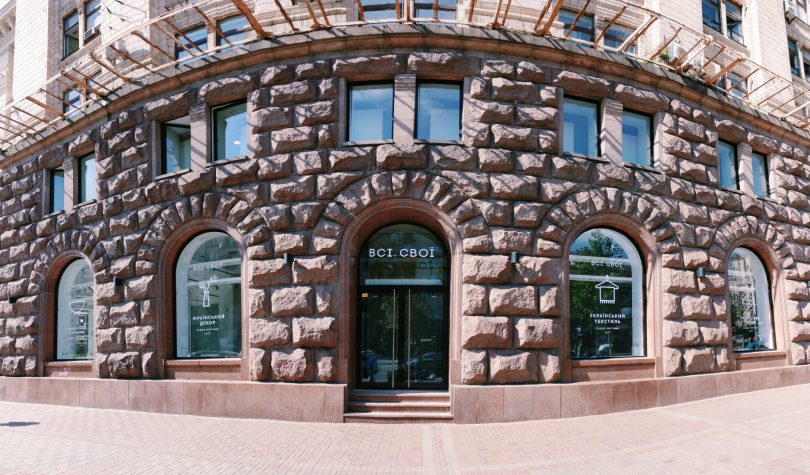
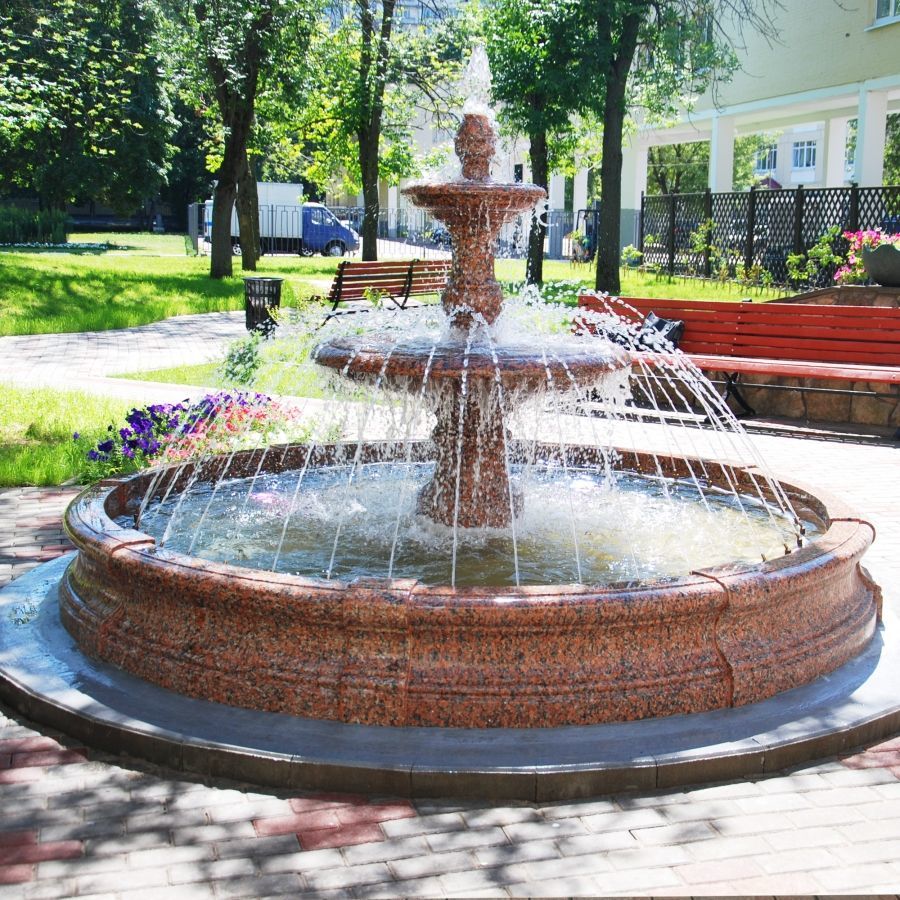
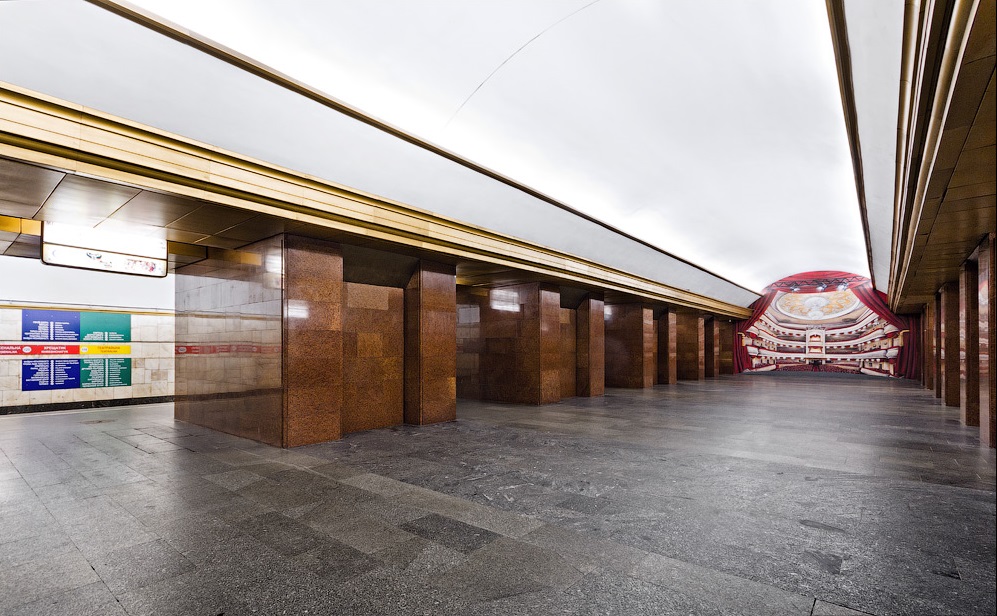
Our production
Our enterprise has processing shops equipped with high-quality equipment of German and Polish manufacturers – cutters, rope machines, polishing and shaping machines.
Which allows you to produce all types of paving stones – chipped, sawn, heat-treated and polished, architectural figures, tiles, wall stone, curb, slabs and others.
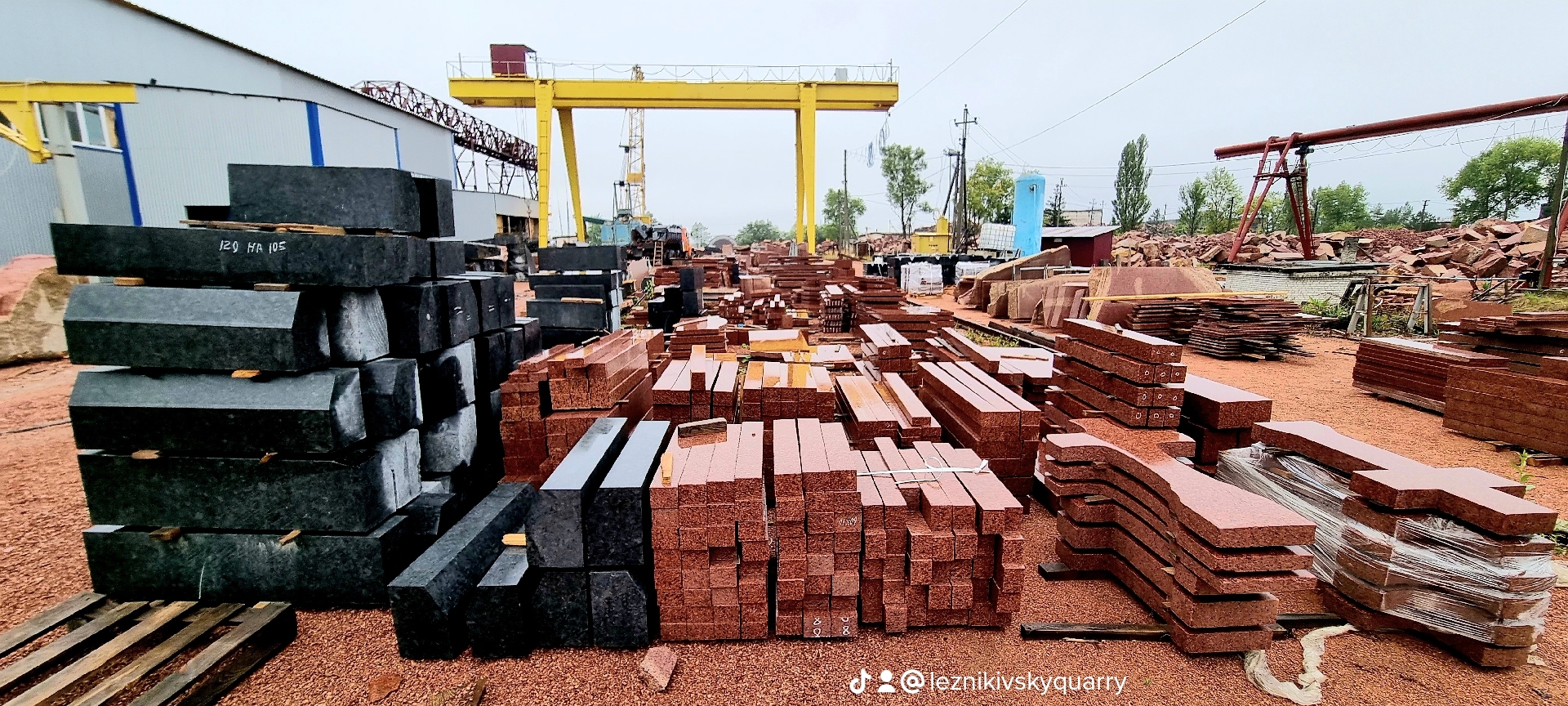
Natural stone processing department
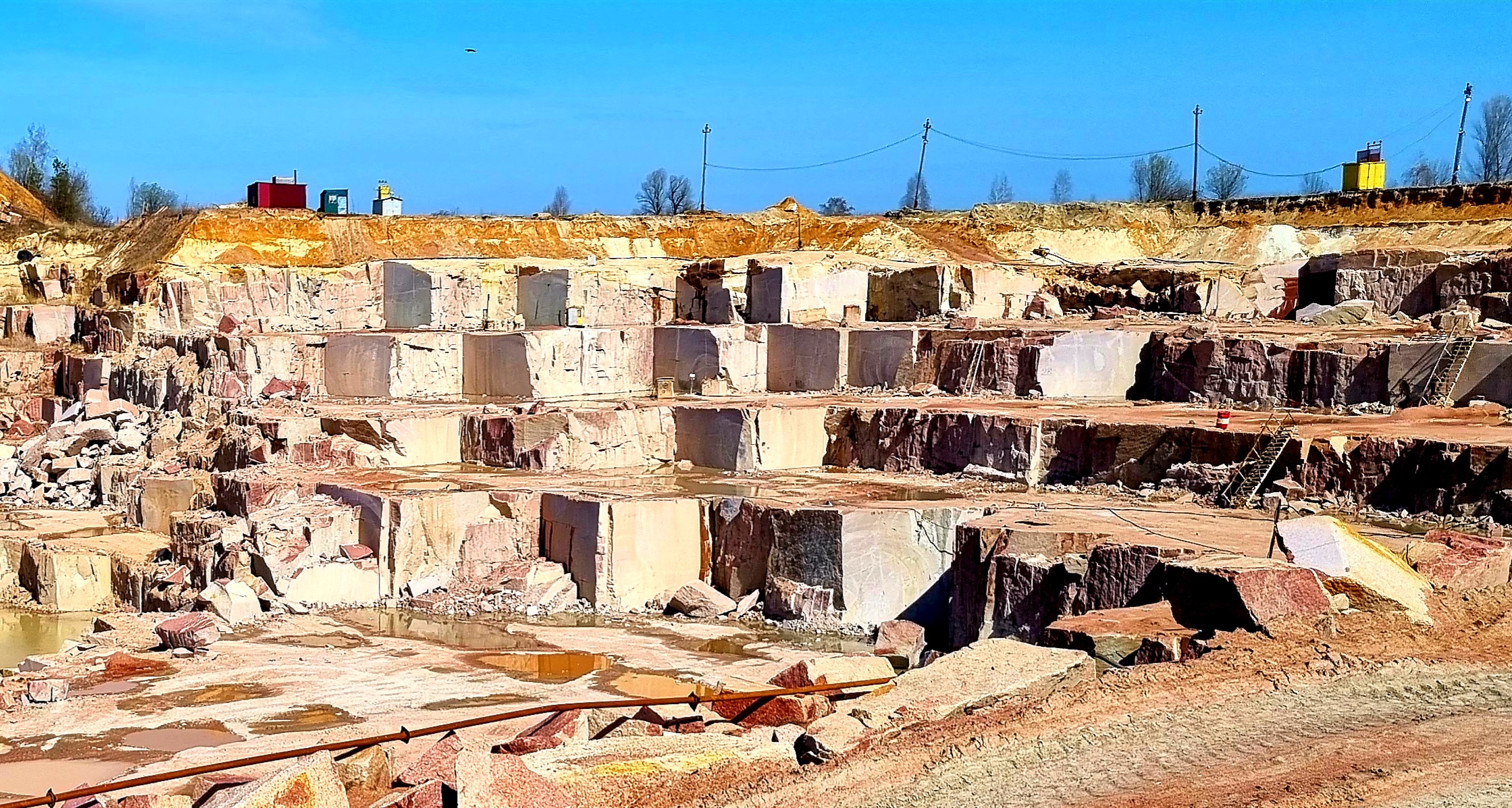
Block Department
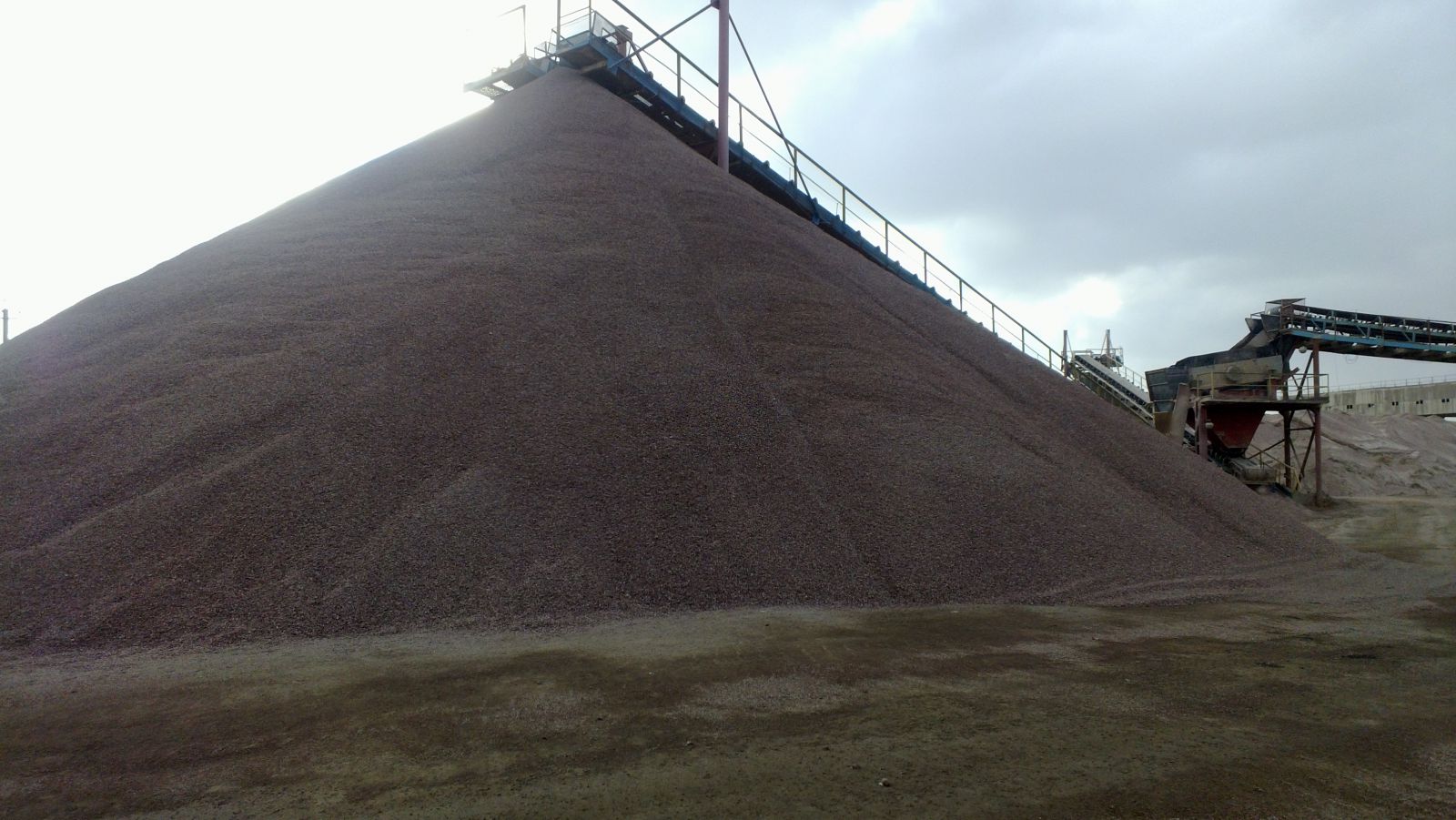
Crushing Plant
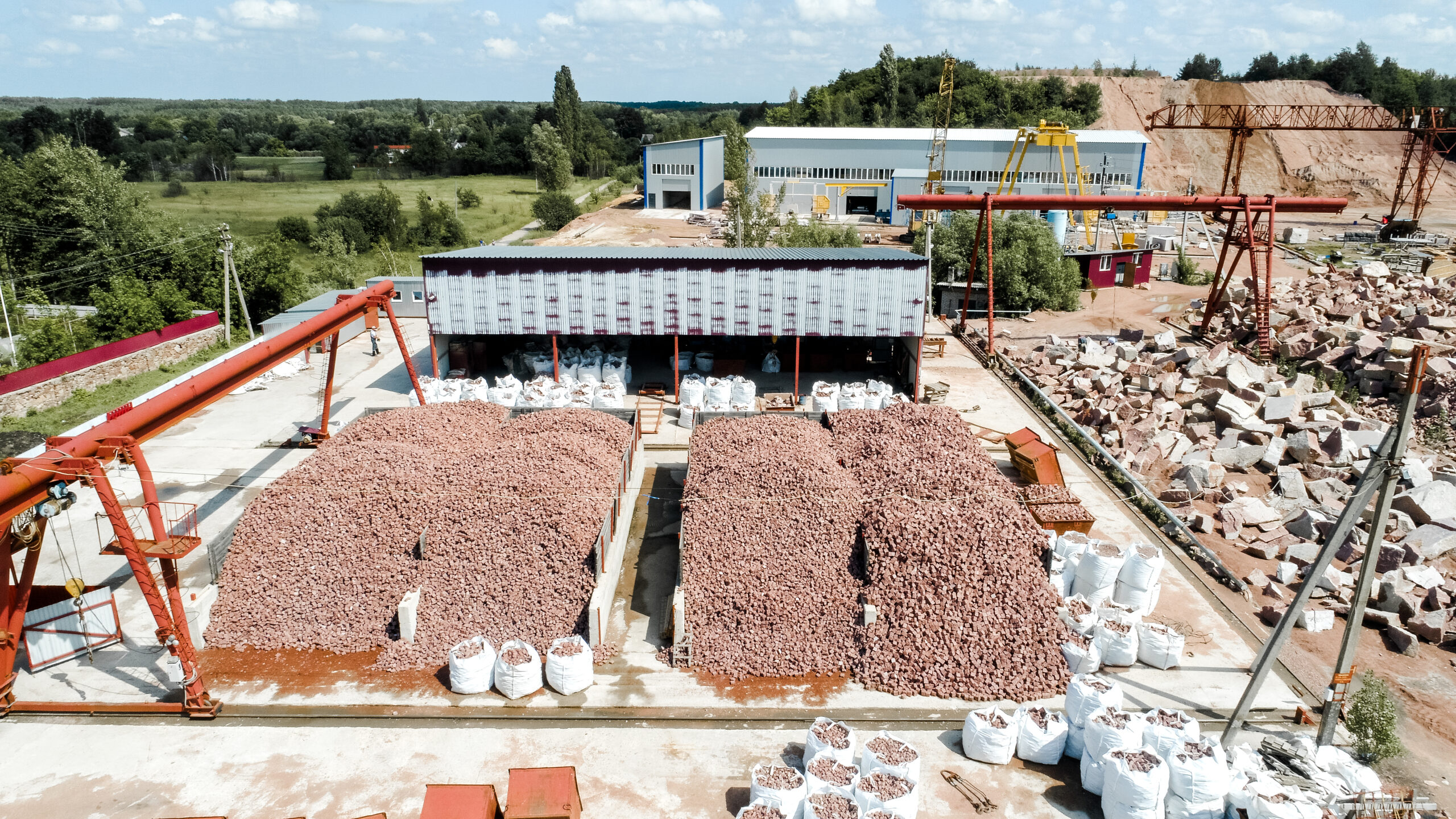
Department for the production of Paving stones


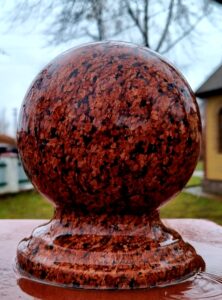
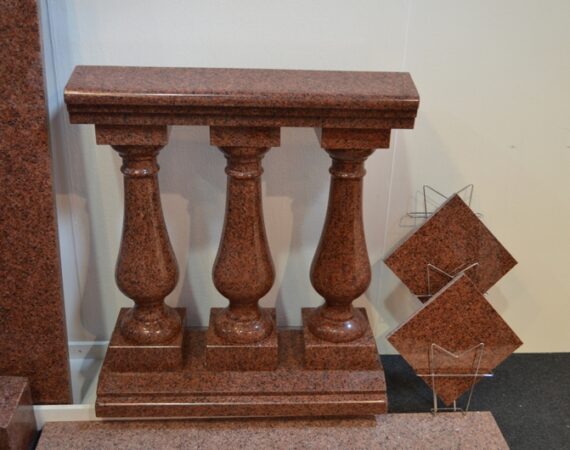
ETERNITY OF BEAUTY IN EVERY PRODUCT!
When producing products, we always approach each order individually, especially if these products in the future decorate the place where they are installed and bring pleasure to everyone around for more than one age.
Вічність краси в кожному виробі!
Our story
The name Leznyk is a vivid and valuable testimony to the history of the settlement and the history of the language of the inhabitants of Polissia. Lezniki is a derivative of the appellation lesivo (blade in Polish). Poliskie blade or braid is a leather tool used in Polissia for moving along the trunks of tall trees that do not have knots, in order to extract honey from the sides (hives) hung high in the trees. Climbers are people who make blades. The name of the village indicates that people in Lezniki were engaged in woodworking and made blades for their own needs and, quite possibly, for fishing and selling blades in the markets in the town of Horoshki, or, if there were any, in Toporyshki. It is known that flying is a widespread occupation among the inhabitants of Polissia. There is evidence that they were involved in boating in nearby villages in the Volyn region and in Solodyry. In the 1860s, German colonists began to arrive in Leznyk.
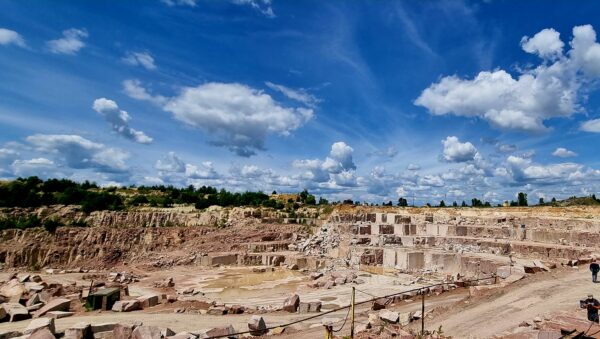

In 1811, the village was called Buda Potasheva Kutovska Leznyki. At that time, since at least 1795, the village had been inhabited by free artisans, burghers, mainly from the small Russian, Polish and Lithuanian gentry, who were daily laborers and produced the potash necessary for the local huts – enterprises for the production of glass. The inhabitants of Buda Lezniki spoke Polish and possibly Ukrainian, had Latin and Greek names, were Roman Catholics and Greek Catholics. After Russia closed Greek-Catholic churches at the end of the 18th century. and the forced conversion of Greek Catholics into the Russian model of Orthodoxy, some of them began to go to church.The local residents were parishioners of the church of St. Tekla in Toporyshchi, which was built in the 1780s at the expense of Tekla Nemyrych.
Many local people who call themselves Poles are not ethnically Poles, although they may have some Polish ancestry. Their surnames indicate that most of them come from the ancient Belarusian and Ukrainian boyar and feudal families of the Grand Duchy of Lithuania from the territories of modern Belarus and Ukraine. After the Union of Lublin and the formation of the
Polish-Lithuanian Commonwealth, having agreed to the mutual integration of
Lithuanian-Russian lands and Polish lands, they were integrated into this state, considering it their own and themselves its citizens, calling themselves Poles, using this concept in the sense of a polytonym: “inhabitants the state of Polonia”, by analogy with Lithuanians as residents of Lithuania and Muscovites as residents of Muscovy. At the same time, this did not prevent
Lithuanians (modern Belarusians and Lithuanians) from writing: “we, Lithuanians, as good
Poles” in the sense of “we, residents of the Grand Duchy of Lithuania as decent citizens of the Commonwealth of Nations”, and for Ruthenians “gente Ruthenus, natione Polonus” – ” from the origin of the Ruthenians, the political Polish nation”. The transition to the Polish language of communication was a natural, non-forced process. Polish was the interethnic language of communication in the state of Lithuanians, Poles and Ruthenians. After the fall of the Polish-Lithuanian Commonwealth and its departure from the Zhytomyr Polissia in 1793, the inhabitants of Leznyk continued to call themselves Poles in the sense of a polytonym.And when modern nations began to emerge in the middle of the 19th century, due to attachment to the Polish language and culture of the Commonwealth of Nations, the polyonym Pole began to be perceived by its speakers as the ethnonym Pole, which was a mistaken perception, but a completely natural transformation.
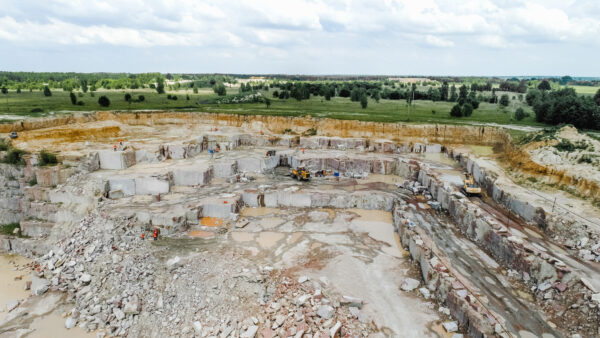
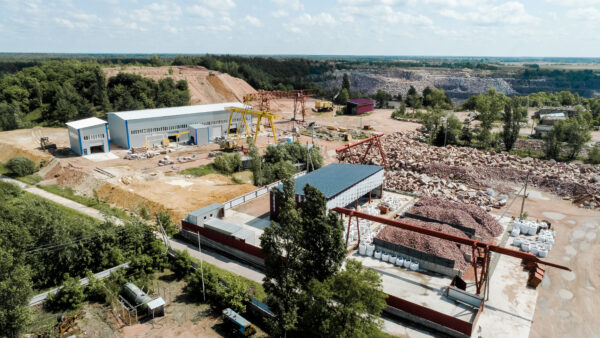
Among the inhabitants of the village in 1811, we meet the families of Chinshov families Zubovych (Zubovsky), Shpakovsky, Teletsky, Zubrytsky, Gongal (Gagan), Ivanovich (Yanovich), Sulchenkovsky, Sivak, Chepinok/Chepanog, Ofensky/Yefensky, Yaroshevich, Zygmunt, Krentovsky, Grohovsky/ Groholskyi, Kasimchuki. Most of these people lived in the settlement as early as 1795. When it belonged to Andrzej Komar of his own coat of arms, the elder of Sholomytsia from the Pinsk district, who floated the rivers of Polissia, explored their depth and was engaged in the construction of a canal that would connect the Vistula and the Dnieper and open a navigable route from the Baltic to the Black Sea. It is quite possible that some of the inhabitants of Buda Lezniki could have come here from Pinsk or the Pinsk district together with Andrzej Komar, but the majority must have come from neighboring villages.
Andrzej Komar was married to Elzhbyeta Zavishe, who in her second marriage married Marshal Jan Zavishe Charny.
At the time of 1811, Andrzej Komar had already sold Lezniki to the marshal of Zhytomyr County and the knight Jana, son of Andrzej Zawisha.
Part of the name Kutovsk probably comes from the local Kutovsk nobles, who are found in historical sources relating to the middle of the 17th century. in the Radomyshl district.
1853, Catholic families lived in Lezniki: Shatsilo, Tychyna, Nemezhytskyi (Nemerzhytskyi),Bartoshevichi, Sorochynskyi, Rasnovskyi, Smik, Vakhovskyi, Baranovskyi, Serzhanskyi, Talko,Skokovskyi, Simony, Zarutskyi, Didkovskii, Korytskyi, Pereguda, Zabrotskyi (Zabrodzki ), Ovcharski, Podgurski, Szymanovski, Gagan. We see an almost complete replacement of the inhabitants of the village. Small nobles were free people and moved from village to village in search of favorable conditions and income. Most of them settled in villages where there were small enterprises, such as budi (potashni), guta, rudni, and saw mills, to work for them. In 1853, the village was no longer called Buda Leznyky. Probably, by that time, the enterprise in the village had already ceased its activities, which caused the population to leave.
In 1906, Leznyk, a village in Fasiv Volost, Zhytomyr County, Volyn Province. The distance from the county town is 40 versts, from the parish 7. There are 41 yards, 366 inhabitants.
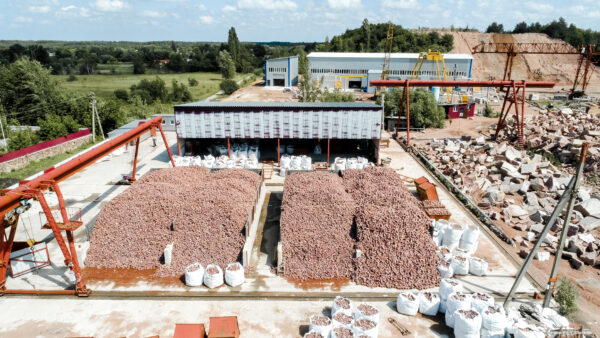
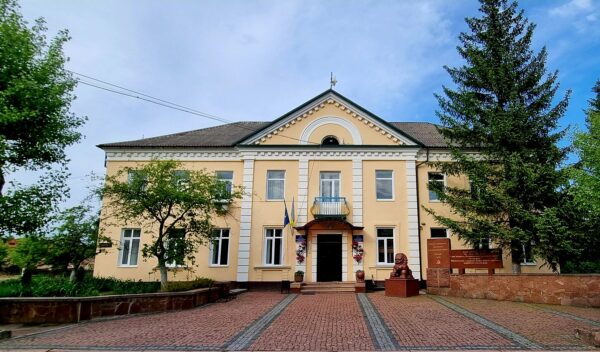
The Leznykivsky deposit itself has been developed since 1898.
In 1924, blocks were mined at the deposit for the construction of the mausoleum of V. I. Lenin. Elements of the Lomonosov University building, Teatralna metro station (M.Kyiv), as well as many monumental structures and buildings. The area of works is geologically well studied, there are geological surveying materials on a scale of 1 : 200000 and 1 : 50000, which reflect all materials of a general nature. The deposit was first explored in 1935-1936. Exploration in 1951 was carried out by the organization Ukrgeolnerudtrest. It was established that the central part of the deposit, with an area of 18.95 hectares, is suitable for open development. Granite is suitable for facing and decorative products, rubble and crushed stone. At the same time, granite reserves were approved for the first time.
In 1958-1959, the “Kyivgeology” trust carried out a detailed survey of the Leznikov granite deposit, which determined that the area of the deposit adjacent to the active quarry from the east is suitable for open development, characterized by the strength of overburden rocks and high-quality granite, suitable for rubble and rubble . In 1973, geological exploration work was carried out at the Leznikov deposit in order to study the possibility of obtaining granites as a block facing stone in the area adjacent to the previously studied area from the west. The conducted works established that there is blocky granite in the explored area, the mining of large blocks is possible, but pink-red granite predominates among the granites. Granite reserves in the exploration area amount to 23,000 m3.
In 1974-1975 KGE “Ukrgeolbudm” carried out field and depth exploration of the deposit, as a result of which it was established that the deposit mainly consists of gray, pink-gray and red granites. The prospecting of the Leznikov deposit in 1984-1986 was carried out with the aim of identifying granites for the production of block products, the areas within which it is possible to extract block granite were selected. Today, within the boundaries of the Leznykivsky deposit, industrial development is carried out on three licensed sites: the Leznikovskoe deposit itself, the Eastern Section of the Leznykivsky deposit, and the Lyznyki-3 Section of the Leznykivsky deposit. In addition, taking into account the wide popularity and high decorative properties of the stone, repeated attempts were made to search for and explore a new object on different flanks of the Leznyk granite massif.
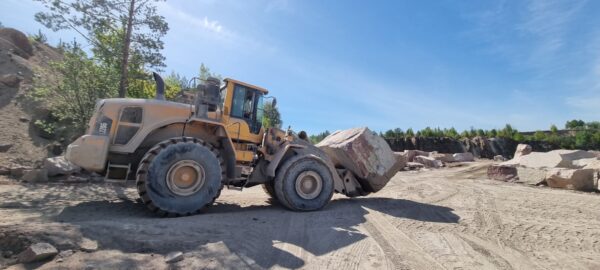
SOCIAL RESPONSIBILITY
We have been working in the mining industry market for more than 100 years, so we bear full responsibility for this process. Believe that our company produces products that are absolutely safe for the environment. We conduct annual certification of our products for compliance with radiation and sanitary standards.
Undoubtedly, you will never regret cooperation with our company. The professional team of our employees is always ready to lend a helping hand and provide you with the best products.

